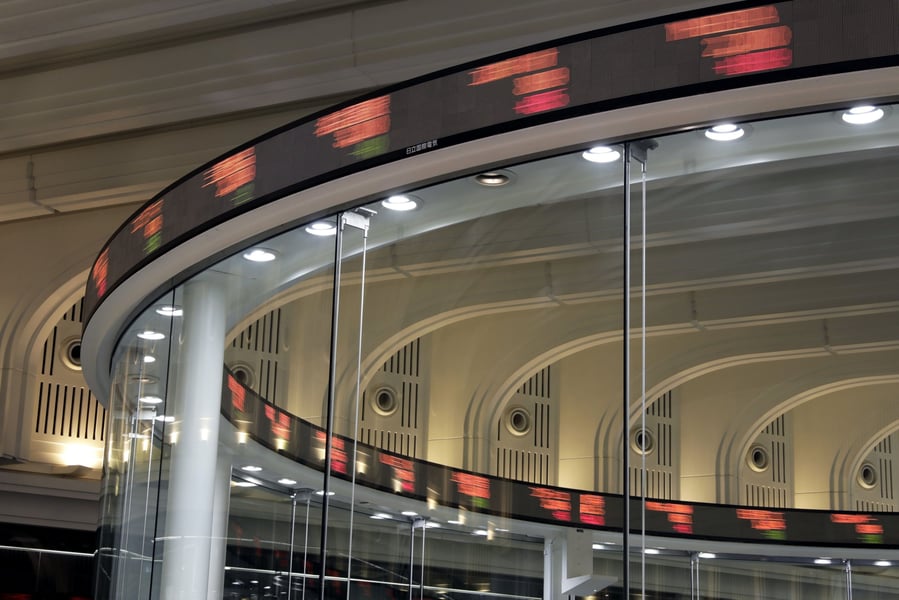Negative interest rates are unnaturally propping up the stock market and at some point the whole edifice will collapse. It's an oft-repeated theory, but history suggests it might be wrong.
[
More:
The downside of negative interest rates]
According to Kasper Lorenzen, the chief investment officer of pension fund PFA in Denmark, we're essentially living through the negative supply shock that came with the oil crises of the 1970s, but in reverse. Thanks to cheaper imports and better technology, the supply shock is now positive and it's going to continue shaping monetary policy far into the future, the theory goes.
"This is just a massive, positive supply shock, similar, though with a reverse sign, to the negative supply shock we saw in the 1970s," he said in an interview.
Back then, "we underestimated how bad returns were and how long it took to get rid of the oil crisis," he said. "Investors didn't really make any returns for 12 years over the 70s." Now, Mr. Lorenzen says he thinks "we generally underestimated the effect of this positive supply shock."
"So the background I have in my head is that the positive supply shock has more to go," Mr. Lorenzen said. "We're not going to see inflation coming through."
[
More: What is keeping negative bond yields from reaching the U.S.?]
If you accept that premise, then equities start to look reasonably priced, he said. "Equities aren't cheap, outright, but if you look at equities and equity valuations, relative to the interest rates, maybe it's not too bad."
Negative Rates
There's growing opposition to negative rates. In the U.S., Federal Reserve Bank of Dallas President Robert Kaplan says it's unhealthy that around 23% of global debt is now negative. Sweden's Riksbank is trying to move away from them, while the governor of the Bank of England, Mark Carney, says they're not an option.
No other country has lived with negative rates as long as Denmark, which is in its eighth year of the regime. One of the country's biggest banks predicts rates won't be positive again for another eight years.
PFA, which is based in Copenhagen, booked record gains in the first nine months, with its equities portfolio returning 19%. And though the temptation is to ask how much longer such returns can last, Mr. Lorenzen says we may be underestimating the momentum of the current cycle.
[
Recommended video:
Schwab conference filled with talk of "frothy" markets and possible impeachment impacts]
Betting on Stimulus
"What I'm trying to get at is we could easily see interest rates being low for much longer," he said. And even if a bear market hits, and economies sour, history suggests there might be yet another wave of monetary stimulus. "If we have a massive selloff, central banks do what they have to do," Mr. Lorenzen said.
He also acknowledges that the current rate environment ultimately comes at a cost. And, perhaps ironically, that cost can be measured in much the same way as inflation.
"Inflation erodes wealth. Negative interest rate, negative real interest rate, also erodes wealth, just over time," Mr. Lorenzen said. "The phenomenon is not really different. Negative interest rate or very high inflation are similar phenomena."
"You can argue about what inflation really is," he said. "Is it the old-school metric, a basket of goods, or is it something else?"
For now, the "base of all assets is the interest level" and "as long as we don't have any inflation at all and central banks support markets in general, as they do, then this is what we're looking into" to sustain returns, he said.
"Interest rates are very low and they are low for a reason," Mr. Lorenzen said. "There is no inflation at all."







